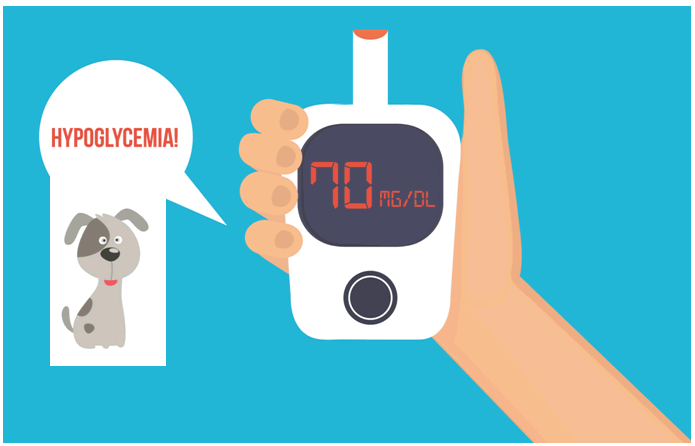
I’m plagued with a terrible fear of animals: squirrels, rabbits, birds, cats, and even Scooby-Doos. With that said, my heart still melts at the sight of these lovable animals – from afar.
In particular, dogs hold a special position in our society for their usefulness, and their value is about to go up a notch for people with diabetes.
Get this: dogs can sniff out hypoglycemia in people with diabetes.
When blood sugar begins to plunge down the rabbit hole, trained hypoglycemia alert dogs are capable of sensing it, alerting their owner, grabbing the aid kit, and heading out to look for help.
You might be asking yourself: how do dogs detect hypoglycemia?
Dogs own a powerful olfaction that can capture the distinct scent emitting from hypoglycemic people. A part of the inhaled air heads straight to the lungs and the other part is trapped within the nasal cavity. While expiration releases the air from the lungs, molecules from the nasal cavity remain. Further inhalation allows a greater amount of molecules to enter the nasal cavity and better detection by the olfactory bulb. Dogs are blessed with a wide surface nasal cavity, about 15 times larger than humans, making their sense of smell extremely keen.
Few studies are available on the matter. Hence, further research is warranted, particularly the exact molecule(s) that enable dogs to sniff hypoglycemia. A comprehensive understanding of the mechanism surrounding this event can help perfect the training program.
In Canada, a couple of people with diabetes currently own hypoglycemia alert dogs. Nancy Rodler, a Granby resident, shared that having a hypoglycemia alert dog has helped her to manage her glycemia better.
